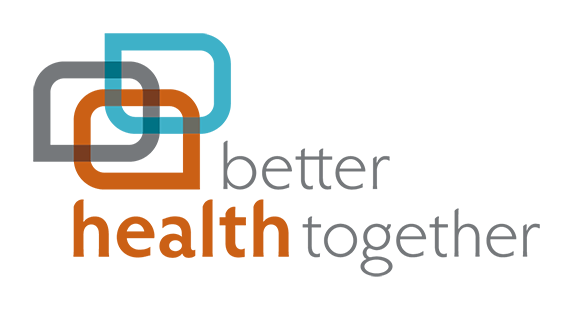BHT Community Strategy Development Timeline
/Throughout 2016, we hosted multiple series of community feedback sessions where we worked to learn and build out our community’s perspective on regional health improvement strategies.
January Regional Gathering:
In January we hosted our first iteration of Community Linkage Mapping, an exercise we have been building and refining throughout the year where participants inventory their organizational relationships in an effort to build a “map” of our health system. Also in this session, participants broke out into dynamic Idealized Design feedback sessions in each of our Priority Areas.
February/March Community Linkage Mapping:
At the end of February/Early March we hosted an expanded second round of Community Linkage Mapping and Idealized Design. We spent the months of March and April synthesizing the information and building out our community strategy maps. A few voiced themes from those sessions included the need to:
- Foster a culture of self-care and personal responsibility
- Build on opportunities for communities to nurture grassroots health
- “Coordinate the Coordinators”
- Build a common platform to ease information sharing and access
- Balance coordinated decision-making across the region, while honoring self-determination in local communities
Summary of May Leadership council meeting:
In May we debuted the first draft of our community strategy maps, which represent a snapshot of the feedback we heard in the previous sessions. After, we announced the formation of Community Action Strategy Teams which would meet throughout the summer to validate and expand the identified strategies and decide on appropriate indicators measure. Each was chaired by a BHT Board Member. From June-September, we hosted feedback sessions and conducted individual outreach using the Results Based Accountability framework. The resulting updated Community Strategy Maps for Social Determinants and Population Health were debuted in September.
In October, we began working with the Spokane Regional Health District Data Center to execute a process for finalizing our Community Linkage Map. We will be surveying organizations across the region, asking them to identify their organizational relationships, which we will be able to visually inventory in a “Network Analysis” (example). This network map will help us visually represent where there are gaps of care in our health system. The map will live on the BHT website available for the public to view and explore. We will gather survey responses until December 31st, and expect to have the analysis complete in 2017.
When this map is completed, we intend to bring back this systems level view of our region to our Community Strategy Action Teams to validate our strategies and prioritize areas of impact.









